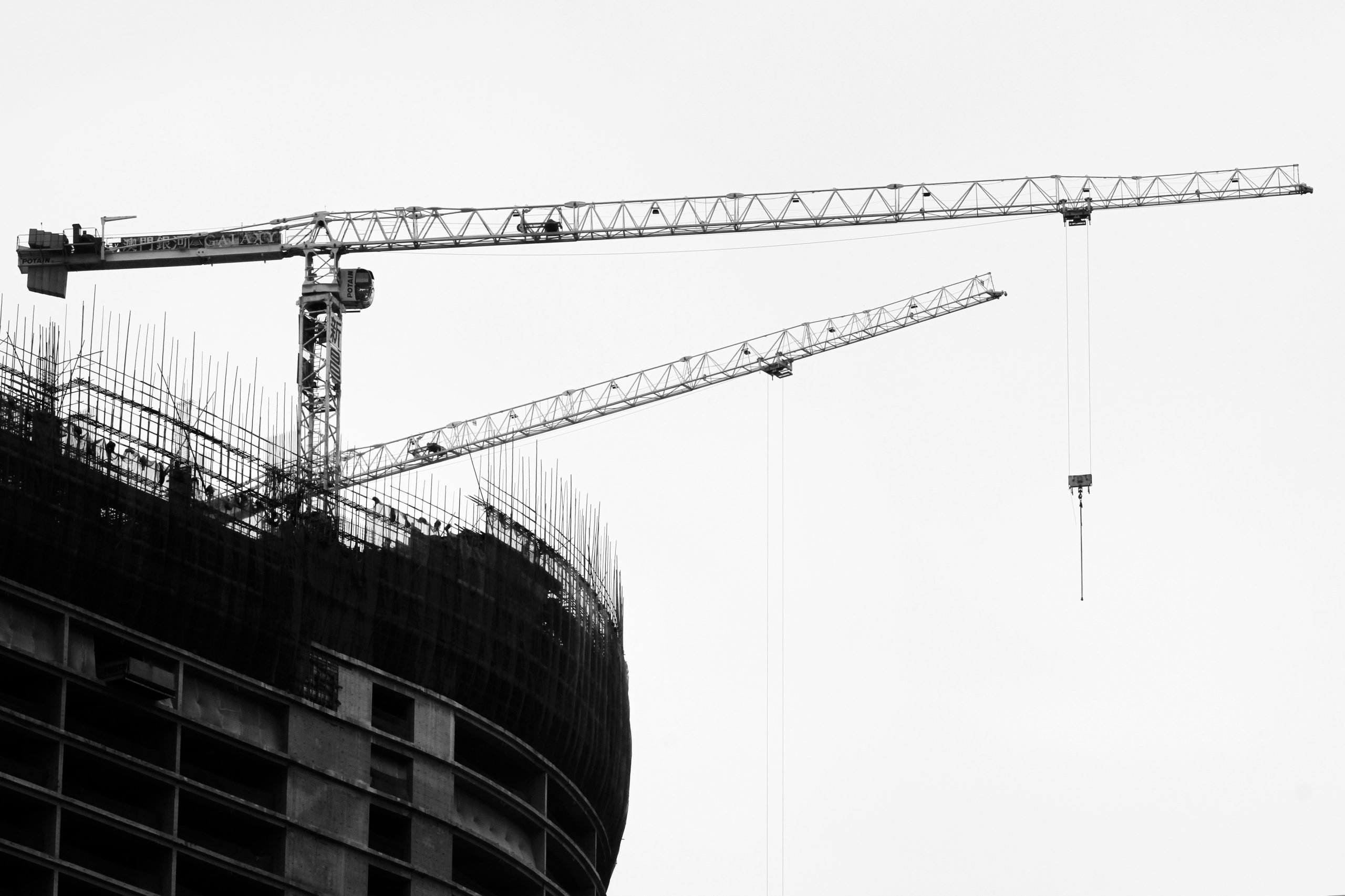[COVID-19] State of emergency, its effects on the permits’ challenge time limit and related posting terms

Updated information, as of the date of publication of this article
I. STATE OF EMERGENCY and TIME LIMIT FOR THIRD PARTY APPEALS AGAINST PERMITS
- – The time limit for appealing against a planning permission runs with regard to third parties, from the first day of a continuous period of two months of posting of the mandatory information on the site[1].
However, due to the Confinement measures laid down by Decree No. 2020-293 of March 23, 2020 (amended by Decree No. 2020-344 of March 27), travel by local residents outside their homes is (in principle) prohibited, at least until May 11, 2020.
This restriction on travel de facto restricts the right to effective recourse by third parties against planning permission.
- – The deadline for third party appeals (2 months), which normally expires between March 12, 2020 and June 25, 2020, is extended.
This date of June 25 corresponds to the end of the state of emergency, (whose date is currently set at May 24, 2020), increased by one month, as per the ordinance.
- – The time-limit for lodging an appeal is extended by 2 months, starting on June 25 ,2020, i.e. until August 25, 2020[2].
For example, for a permit, even one posted as early as March 15, 2020, third parties will be able to challenge it until August 25, instead of May 15, 2020.
This has very serious consequences.
Moreover, since the deadline for appeal is sliding (because it is based on the date of the end of the state of emergency, plus one month), if the state of emergency ceased on June 26, the appeal deadline, as you will have understood, would start again on July 26 and end on September 26, 2020.
- – ADVICE: In order to secure your operations, 3 bailiff’s reports will therefore have to be drawn up during the 2 months following June 26, 2020 (or from the expiry of the one-month period following the end of the state of emergency).
II. STATE OF EMERGENCY AND PERMITS PROOF OF POSTING ON THE SITE
The extension of the time limit for lodging an appeal does not alter the obligation to post the permit on the site regularly and continuously make it enforceable and prove it in order to establish its purge.
2.1 It is therefore always necessary, with your pass, to post the regulatory sign, on the site, in a legible manner, with all the mentions filled in with the greatest care, otherwise the permit will be subject to a one-year appeal period!
2.2 In matters of posting, the evidence is free[3].
- As a customary practice, 3 bailiff’s reports shall be drawn up:
- A first report, on the first day, on the continuous posting period;
- A second report, at the end of the first month, on the continuous posting period;
- A third report, at the end of the second month, on the continuous posting period.
What to do if your usual bailiff’s office is closed, or no longer makes its outdoor reporting to provide proof of regular and continuous posting in the field.
a. First of all, the petitioners can prove the regularity of the posting by issuing an attestation certifying the posting or presence of the sign on such date, at such place, with notices legible from the public space[4].
This attestation must, first of all, contain an unambiguous statement of all the headings on the notice board, including the one relating to the right of appeal[5]: this is tedious, but essential.
This attestation must also confirm:
- – The regularity of the dimensions of the display panel (rectangular panel with dimensions greater than 80 centimeters) [6] ;
- – Good visibility of the sign, and good legibility of the information it contains, from the public highway or spaces open to the public.
As a matter of principle, such an attestation may be issued by any person who sees or passes in the immediate vicinity of the sign.
That said, the less connection the witness has with the petitioner and his or her claimants, the more conclusive is the attestation.
The attestation must be drawn up by hand, in accordance with the regulatory template[7], with a copy of an identity document (identity card, passport) of the witness attached thereto.
This multiplicity of credible attestations will thus prove the regularity, permanence and continuity of the billposting during the regulatory period.
b. In addition to testimonies, the regularity of the display can obviously be enhanced by photographs of the panel, with a reliable dating procedure. These photographs must provide proof of the legibility of the sign, and therefore be LEGIBLE!
c. Finally, in order to date the proofs and thus the postings, the petitioner may send the various attestations and photographs, by registered mail (the current disruption of postal services may postpone the date to be proven), either to himself by registered mail, or to a third party or a bailiff, who will certify the nature, number and content of the documents received,
1] Article R. 600-2 of the Town Planning Code: “The time limit for contentious appeal against a decision of non-opposition to a prior declaration or a building, development or demolition permit runs with regard to third parties from the first day of a continuous period of two months of posting on the site all the documents mentioned in article R. 424-15. »
2] Article 2 of Ordinance No. 2020-306 of March 25, 2020: “Any act, recourse, legal action, formality, registration, declaration, notification or publication prescribed by law or regulation which shall otherwise be subject to nullity, sanction, lapse, foreclosure, prescription, unenforceability, inadmissibility, automatic withdrawal, application of a special regime, or entail forfeiture of any right whatsoever and which should have been accomplished during the period mentioned in Article 1 shall be deemed to have been carried out in time if it was performed within a period which may not exceed, as from the end of that period, the time legally prescribed for taking action, within a limit of two months.
The same applies to any payment prescribed by law or regulation for the acquisition or retention of a right. »
3] Ministerial reply No. 9331, JOAN of January 8, 2013: “In the event of a dispute, the judge forges his conviction by sovereignly comparing the probative value of the attestations produced by each of the parties (EC, December 5, 2001, Dugas, req. no. 225.511 and CE, March 25, 2002, Antson, req. no. 219.353) and the bailiff’s report is not the only conclusive means he uses. Private individuals therefore have various solutions to provide proof of the posting made, the bailiff’s report being one of them. »
4] EC, May 7, 2007, No 279565: “Whereas, however, it is apparent from the documents in the case file submitted to the trial judges that Mr. and Mrs. B produced numerous testimonies and certificates from neighbors, having no personal links with them, approached after the building permit was contested and therefore after the date of the alleged posting, attesting the presence of the sign bearing the references to the building permit on the facade of their house from late December 2000 or early 2001 to mid-April 2001; that, in particular, the attestations of honor, dated September 2001, each indicate several of the mentions appearing on the sign, all the attestations indicating all the mandatory mentions; that, moreover, the descriptions they give of this sign correspond to the photograph that the applicants had attached to their rejoinder of July 21, 2004, which the Court did not refer to;“.
5] Articles A. 424-16 and 17 of the Town Planning Code.
6] Article A. 424-15 of the Town Planning Code: “The on-site display of the building, development or demolition permit, explicit or tacit, or the display of the prior declaration, provided for by article R. 424-15, is ensured by the beneficiary of the permit or the declarant on a rectangular panel whose dimensions are greater than 80 centimeters. »
7] Statutory attestation template: https://www.service-public.fr/particuliers/vosdroits/R11307.

